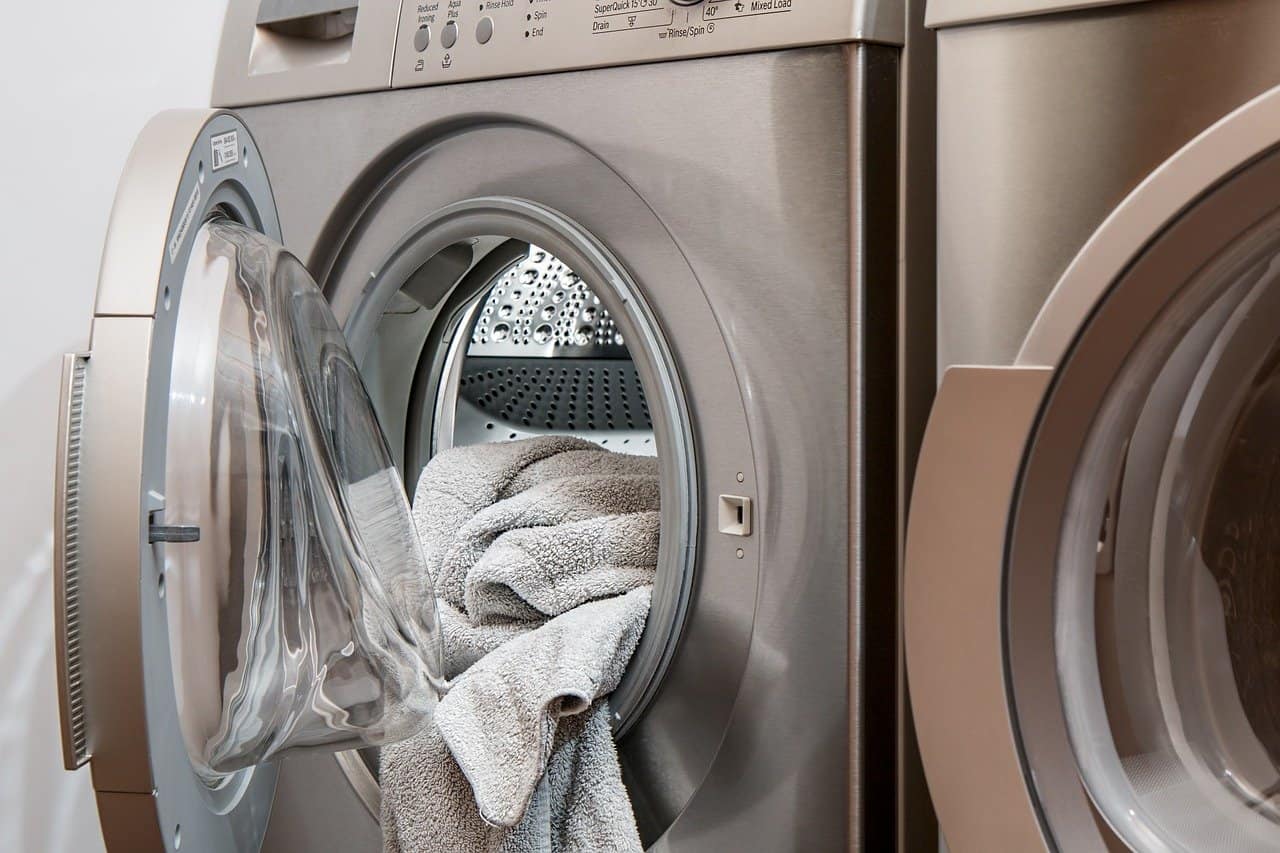Key Takeaways
- Create zones for different functions: living, working, and relaxing.
- Invest in furniture that serves multiple purposes, like a sofa bed or an ottoman with storage.
- Use vertical space creatively with shelves and hooks to declutter the floor.
- Enhance natural light with mirrors and light palettes to make the space feel bigger.
- Add a touch of personality with fun decor while keeping it functional.
In a world where space seems to be shrinking faster than my will to resist snacking at 2 AM, multi-use space is the home improvement mantra that can turn your petite apartment into a multifunctional paradise. Let’s face it: If you have a small apartment, you’re probably hosting dinner parties in your living room while also holding a conference call—thankfully, it’s all possible with a little ingenuity and a sprinkle of creativity!
Don’t fret if every square inch is competing for attention! Armed with the right tips, you can transform those cramped quarters into a chic, multifunctional wonder that would make even Mary Poppins green with envy. So roll up your sleeves and get ready to make your small apartment feel like a spacious haven—minus the magical carpet and talking umbrella.
Create Zones for Functionality
Creating distinct zones is akin to turning your shoebox into a cabinet of wonders. Without the right definition, it’s all too easy for your one-room living space to feel jumbled.
Separate Spaces
- Designate areas for different activities, like working from home one day (while still in your pajamas) and hosting a movie night the next. You can achieve this with area rugs or simply rearranging your furniture.
- For instance, consider a bookshelf as a room divider to split your living area from your workspace. Who knew your book collection could also deliver a sense of privacy?
Invest in Multi-Purpose Furniture
In the whimsically chaotic realm of small living spaces, multi-purpose furniture is your magic wand.
Must-Have Items
- Look for ottomans that open up to reveal storage or a sofa bed that allows you to transform your lounge into a guest room instantly.
- Extendable tables are fabulous too—one minute you’re sipping coffee with a friend, and the next you’re hosting a full-blown dinner party (that magically has enough seating for six!).
Declutter with Vertical Space
When your apartment resembles a game of Tetris gone wrong, it’s time to look up—yes, vertically!
Maximizing Height
- Install shelves high up to keep less-used items out of sight. Add hooks for hats, bags, and even keys, creating a lovely yet functional wall display.
- According to the National Association of Realtors, 62% of homebuyers prioritize having storage, making it a vital feature even in compact residences.
Light It Up!
Natural light can unfurl a space like a butterfly from a chrysalis—it’s that transformative.
Illuminate Wisely
- Use mirrors to bounce light around and create an illusion of depth—perfect for making your small apartment look like a spacious oasis.
- Opt for lighter colors in your decor, which can brighten up the space and give a greater sense of openness.
Bringing Personality Right In
Sure, practicality is fantastic, but your home should also be a reflection of you.
Decorate with Fun
- Decor doesn’t have to be super serious! Use quirky art or playful furniture to inject your style into the multifunctional ethos—just avoid that neon plastic flamingo unless you’re open to raising eyebrows!
Conclusion: Let the Magic Happen
Transforming your small apartment into a multifunctional escape might feel as daunting as folding a fitted sheet (seriously, how do you even do that?). But armed with these tips, you can elevate both style and function simultaneously, proving that size really doesn’t matter when it comes to creating a cozy, livable space.
Just remember, the goal is to craft a sanctuary where you can sip your coffee, crank out that work presentation, and kick back with a comedy flick on Netflix—all without leaving your living room couch… which also doubles as your bed! Now, that’s a multi-use space victory!
FAQs
| Question | Answer |
|---|---|
| What are the best furniture pieces for small spaces? | Look for items like sofa beds, storage ottomans, and extendable tables—they serve double duty! |
| How can I maximize light in my small apartment? | Use mirrors to reflect light, opt for lighter colors, and keep windows clear of obstructions. |
| What are some easy ways to define spaces? | Use rugs, furniture placement, and room dividers to create distinct areas for different activities. |
Discover more from Futurist Architecture
Subscribe to get the latest posts sent to your email.
![modern apartment [article_title]](https://www.futuristarchitecture.com/wp-content/uploads/2025/03/Multi-Use-Space-Tips-That-Will-Make-Your-Small-Apartment-Feel.jpg)


